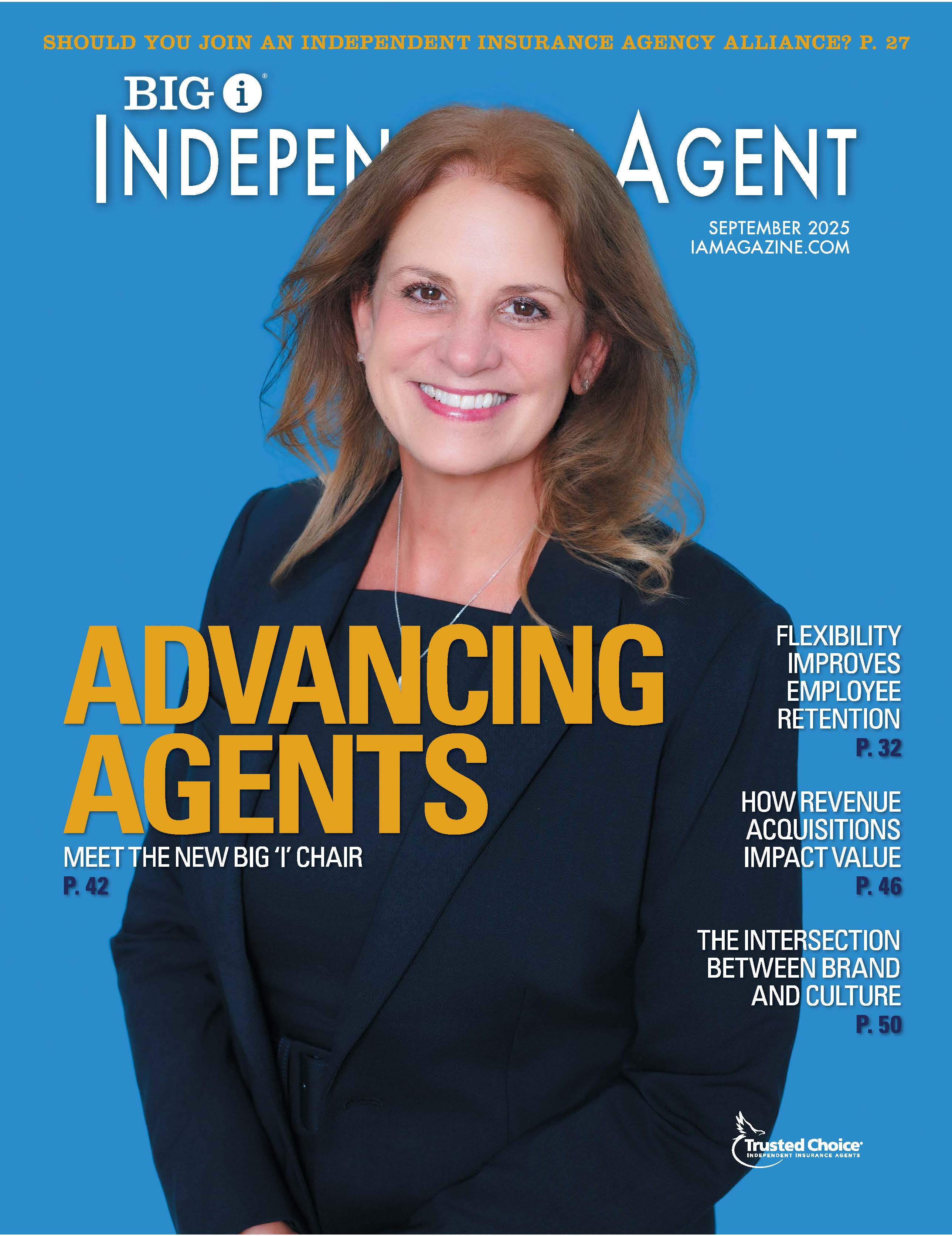Hold Harmless, Boomerang Kids and Auto Suspensions
By: Bill Wilson
Hold-Harmless Agreements Aren’t HarmlessYour insureds routinely sign hold-harmless agreements with all kinds of entities—property owners, contractors, large corporations, municipalities and others. How many of these contracts do you think are covered by your insureds’ CGL policies and to what extent? Here’s an example of an excerpt from one such contract, with emphasis added to some provisions: To the fullest extent permitted by law, ABC Engineering, Inc. agrees to defend, indemnify and save harmless XYZ Construction, Inc. and Owner, as well as any other parties, which XYZ Construction is required under the Contract Documents to defend, indemnify and hold harmless, and their agents, servants and employees, from and against any claim, cost, expense or liability (including attorneys’ fees), attributable to bodily injury, sickness, disease, or death, or to damage to or destruction of property (including loss of use thereof), caused by, arising out of, resulting from, or occurring in connection with the performance of the work by ABC Engineering, Inc., its subcontractors and suppliers, or their agents, servants, or employees, whether or not caused in part by the active or passive negligence or other fault of a party caused by the sole negligence of a party indemnified hereunder. ABC Engineering Inc.’s obligation hereunder shall not be limited by the provisions of any worker’s compensation or similar act. ABC Engineering, Inc. hereby agrees that One Hundred Dollars and No/Cents ($100.00) of the Price constitutes the separate consideration for ABC Engineering, Inc. indemnity hereunder. Such amount shall be deemed paid out of the first invoice for payment paid hereunder. Well, what do you think? Could there be some problems with this hold-harmless provision? Wouldn’t you like to get your hands on the guy who drafted this thing? It sounds like it was assembled from passages in a law book drawn at random. For a detailed analysis of this contract wording that might have you grabbing for the nearest defibrillation machine, go to the Virtual University. Boomerang KidsDid you know that a significant percentage of your personal lines accounts include adult “kids” who still live at home? Robert Frost’s immortal line, “Home is the place where, when you have to go there, they have to take you in,” shows that this is an age-old issue. However, it appears to be growing worse (if that’s the right word to characterize this phenomenon). A study published by the Russell Sage Foundation estimated that approximately 34% of 18- to 34-year-olds were living with their parents. In fact, sociologists have coined the phrase “open nesters,” contrasted with “empty nesters,” as this phenomenon continues to generate more study. The $64,000 (or more) question is, how are they insured? The ISO HO-3 considers “resident relatives” to be “insureds,” though, unlike their Personal Auto Policy, neither term in “resident relative” is defined. What if adult daughter Betty separates or divorces from her husband Billy and moves back in with mom and pop until she “gets her head on straight”? Is she a resident of their household now and covered by their HO policy? Even trickier questions have arisen with regard to the PAP policy. Both Betty and her parents will likely have PAPs and may drive each other’s cars. Are there any coverage loopholes in this situation? What if Betty is still covered by a PAP in her husband’s name? Learn more, including court viewpoints, by going to the Virtual University. Auto Insurance Suspensions RevisitedIn the December 2012 issue of this magazine, we wrote about auto insurance suspension and lay-up endorsements. Many businesses are still looking for ways to reduce their insurance premiums. Contractors may have autos-like dump trucks and semitractors that they want to “lay up” while the vehicles are not needed during a construction slow-down. One contractor was told he could park the vehicles on their shop premises, turn in the tags, delete them from the auto policy, and they would be covered under the CGL policy as mobile equipment. If you have a current ISO CGL, pull it out. The two most likely categories of mobile equipment that would apply fall under items 12.b. and 12.f. of the “mobile equipment” definition. However, both of these categories have downsides that might preclude coverage. In addition, since 2004, the CGL has had a motor vehicle law provision to contend with. An alternative might be to pursue a lay-up endorsement from the auto carrier, but even that approach has its own downsides. For a complete discussion of all of these issues, go to the Virtual University. Bill Wilson is director of the Big “I” Virtual University, an online learning center for agents and brokers. Follow the Virtual University on Twitter. |










